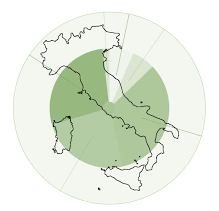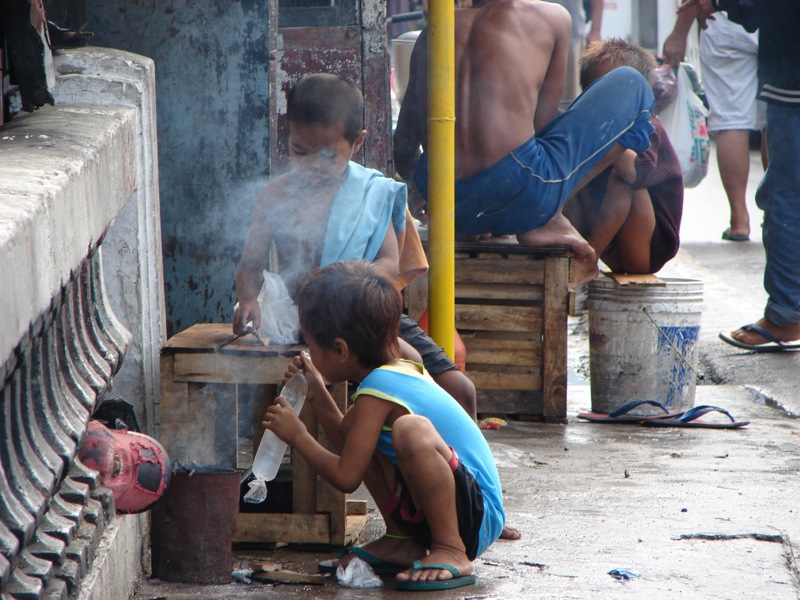Diarrheal diseases continue to be a global health emergency, especially in low- and middle-income countries. Despite progress in reducing child mortality, the impact of diarrheal infections remains significant. According to 2021 data, these diseases caused 1.51 million deaths worldwide, including 650,000 among children under five. This article takes an in-depth look at the causes, risk factors, consequences, and possible solutions to address this health crisis.
A global picture: size and geographical distribution
Diarrheal diseases caused a total of 59 million lost life years (DALYs) in 2021, with children under five accounting for more than half of this burden (30.9 million DALYs).
Most affected regions
-
Sub-Saharan Africa: Contributing to the highest number of child deaths due to diarrhea. In countries such as Nigeria, Ethiopia, and the Democratic Republic of Congo, the combination of malnutrition, inadequate sanitation infrastructure, and poor access to safe sanitation exacerbates the situation.
-
South Asia: India and Pakistan lead the balance of diarrheal diseases in the region, accounting for 27 percent of global DALYs. Here, high population density and poor drinking water quality play a crucial role.
-
Latin America and Southeast Asia: Although the burden is lower than in other regions, rural areas in countries such as Brazil and the Philippines continue to experience high incidence rates.
Risk factors: what fuels the epidemic?
Diarrheal diseases are deeply linked to environmental, nutritional, and behavioral factors, many of which are preventable. In 2021, 54 million DALYs were attributed to modifiable risk factors.
1. Contaminated water
-
Impact: Microbial contamination of water is the dominant factor, responsible for 6.73 million DALYs in children between 1 and 5 months and is the leading cause of illness in all age groups.
-
Details: Limited access to safe drinking water sources, combined with poor treatment infrastructure, amplifies the risk.
2. Inadequate hygiene practices
-
Handwashing: Lack of adequate handwashing facilities is linked to 5.27 million DALYs in children under five years old.
-
Waste management: Inadequate disposal of feces contributes about 1 million DALYs.
3. Malnutrition and insufficiency in child growth.
-
Crucial role: In infants and young children, malnutrition increases vulnerability to infection, causing 7.34 million DALYs.
4. Suboptimal breastfeeding
-
Impact on infants: Lack of exclusive breastfeeding in the first six months is associated with 607,000 DALYs.
5. Socioeconomic conditions
Extreme poverty, lack of health education and low awareness of preventive measures further exacerbate the problem.
Responsible pathogens: a microbiological analysis
The main etiological agents of diarrheal diseases include:
-
Rotavirus
-
Global impact: Causes 15.2% of diarrhea-related deaths, with 176,000 deaths.
-
Children under 5 years old: Represents the leading cause of mortality in this age group, accounting for 120,000 deaths.
-
Vaccination: The introduction of rotavirus vaccine has significantly reduced cases in many regions, but access remains limited in some countries.
-
-
Norovirus
-
Second deadliest agent, responsible for 10.6% of global deaths.
-
-
Cryptosporidium spp.
-
Associated with 10.2% of deaths in children.
-
-
Shigella spp.
-
It causes serious infections, particularly in malnourished children.
-
-
Other pathogens
-
Adenovirus, Escherichia coli, and Campylobacter round out the list of major causative agents.
-
Health and economic implications
Diarrheal diseases not only cause individual suffering, but also have long-term consequences:
-
Sanitary: In children, repeated episodes of diarrhea can impair physical growth and cognitive development, exacerbating the cycle of poverty.
-
Economic: The cost of treating diarrheal diseases is a significant burden on health care systems, with medical expenses affecting the most vulnerable families.
Scenarios for improvement: the potential of preventive strategies
A hypothetical analysis shows that eliminating preventable risk factors would reduce the overall burden of DALYs to only 4.99 million, with a particularly marked improvement in:
-
Sub-Saharan Africa: Reduction in DALYs from 25 million to 2.1 million.
-
India: Reduction in DALYs from 16.8 million to 2.11 million.
Key strategies for prevention
-
Vaccination: Expansion of vaccination programs against rotavirus and other key pathogens.
-
Access to drinking water: Investment in infrastructure for water purification and distribution.
-
Hygiene education: Targeted campaigns to promote handwashing and other hygiene practices.
-
Nutrition support: Initiatives to combat malnutrition and promote exclusive breastfeeding.
A global challenge to be addressed
Although progress is evident, the global impact of diarrheal diseases remains an obstacle to achieving the United Nations Sustainable Development Goals. A combination of health, infrastructure and education interventions could save millions of lives and improve the quality of life for millions of people, especially in the most vulnerable countries.
A coordinated international effort, involving governments, NGOs and local communities, is needed to address inequality and build a healthier future for generations to come.
For more information, see the original article published on the Global Burden of Disease website.


